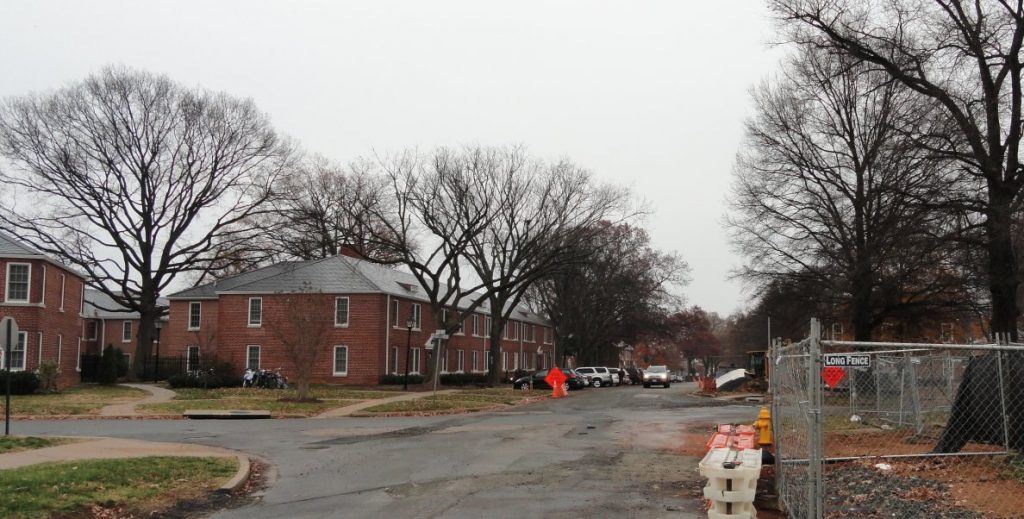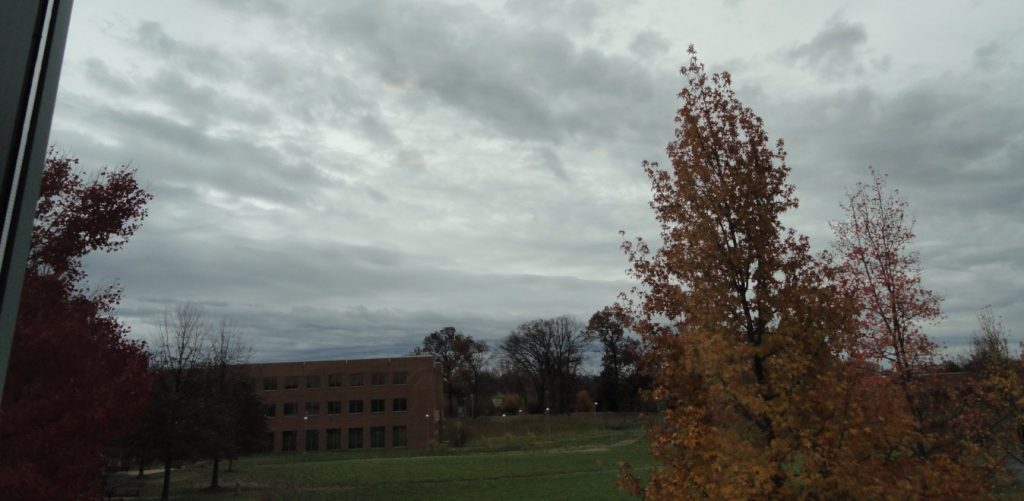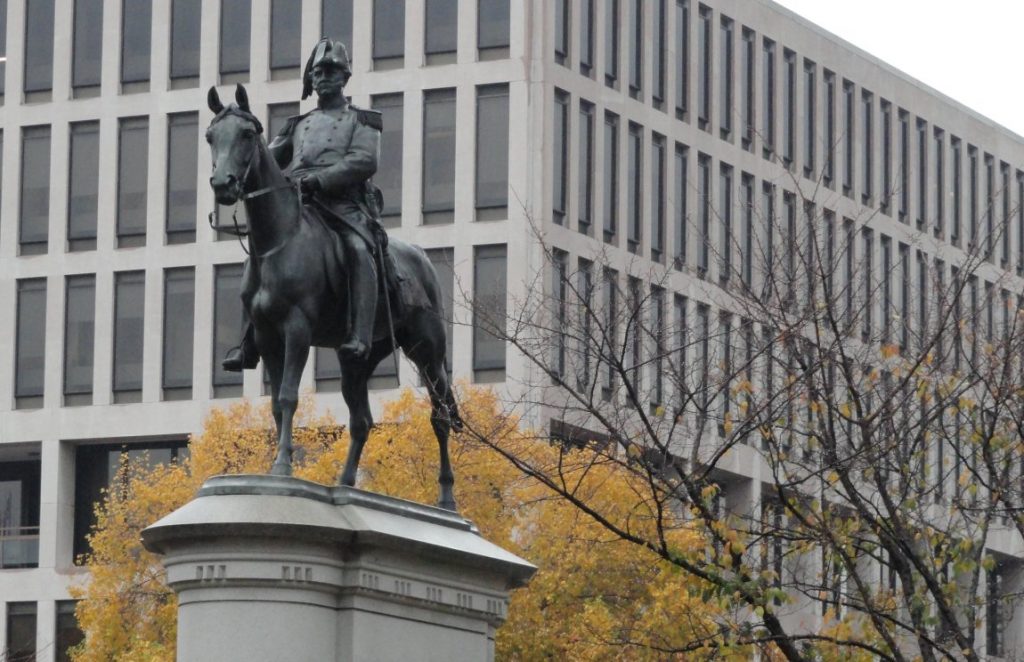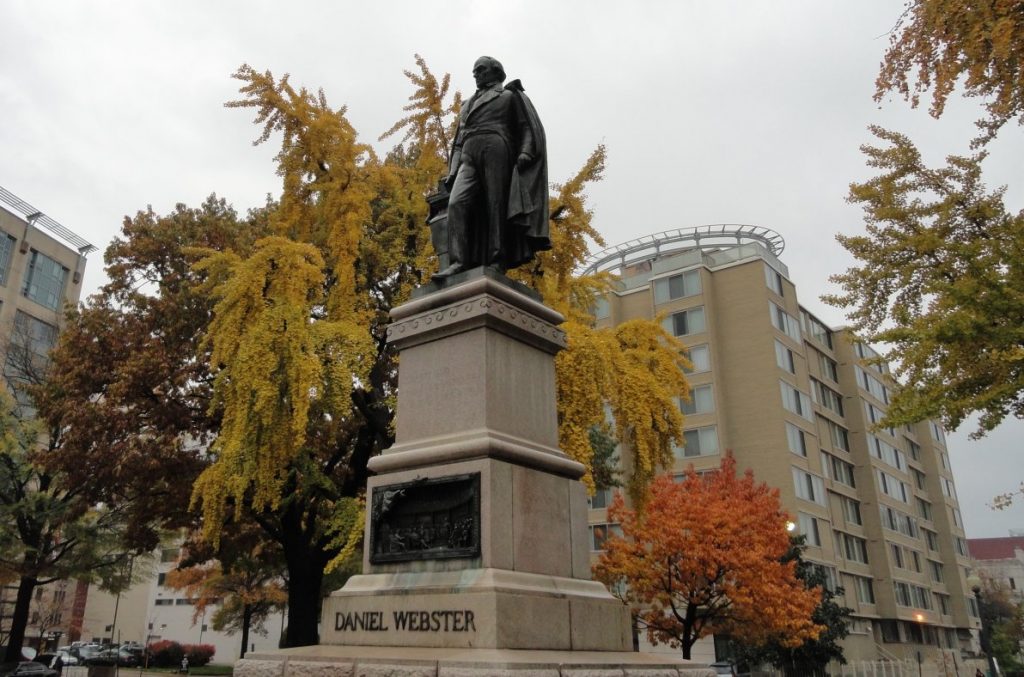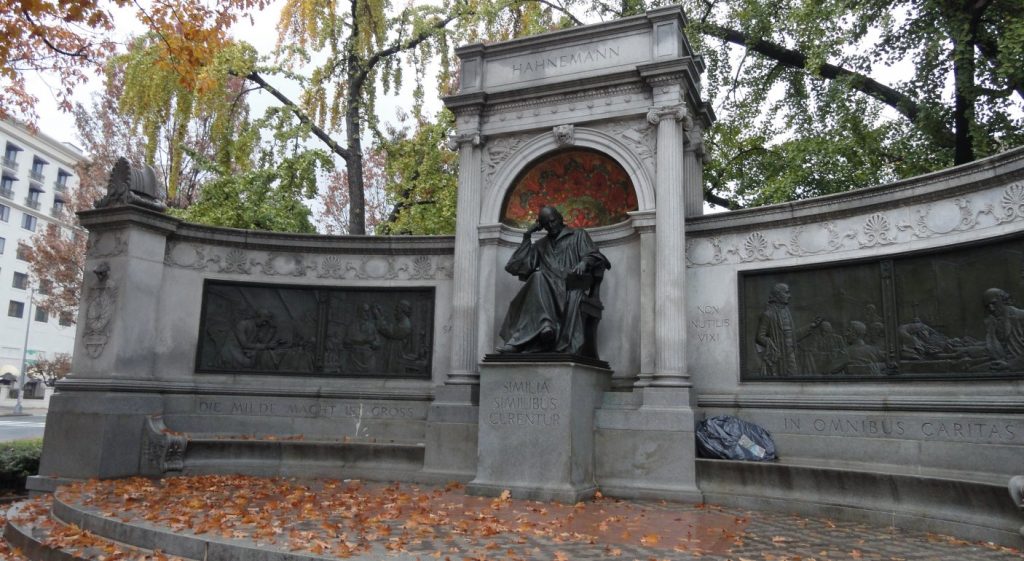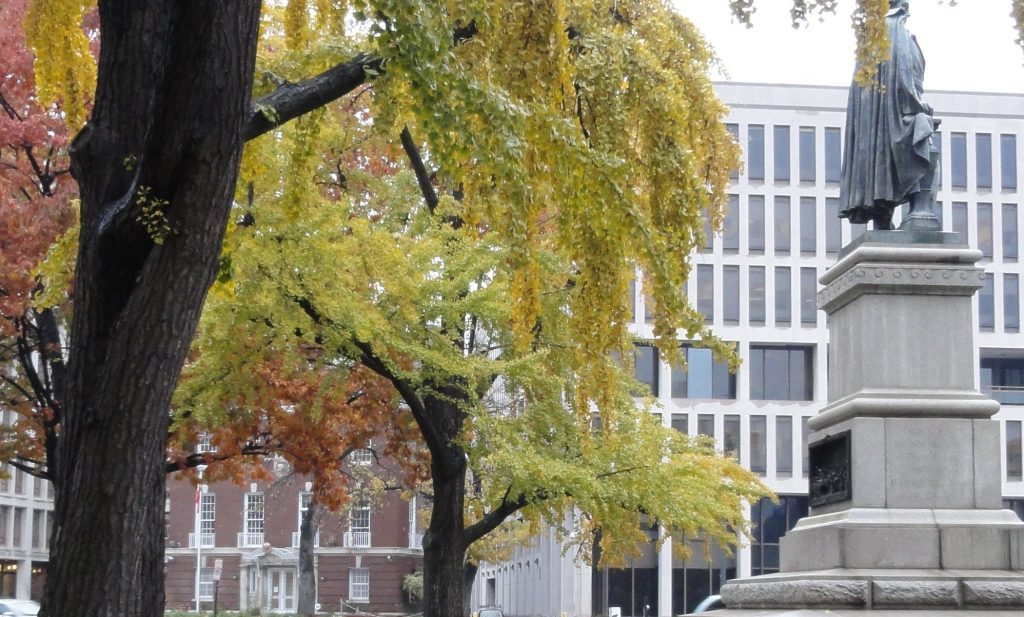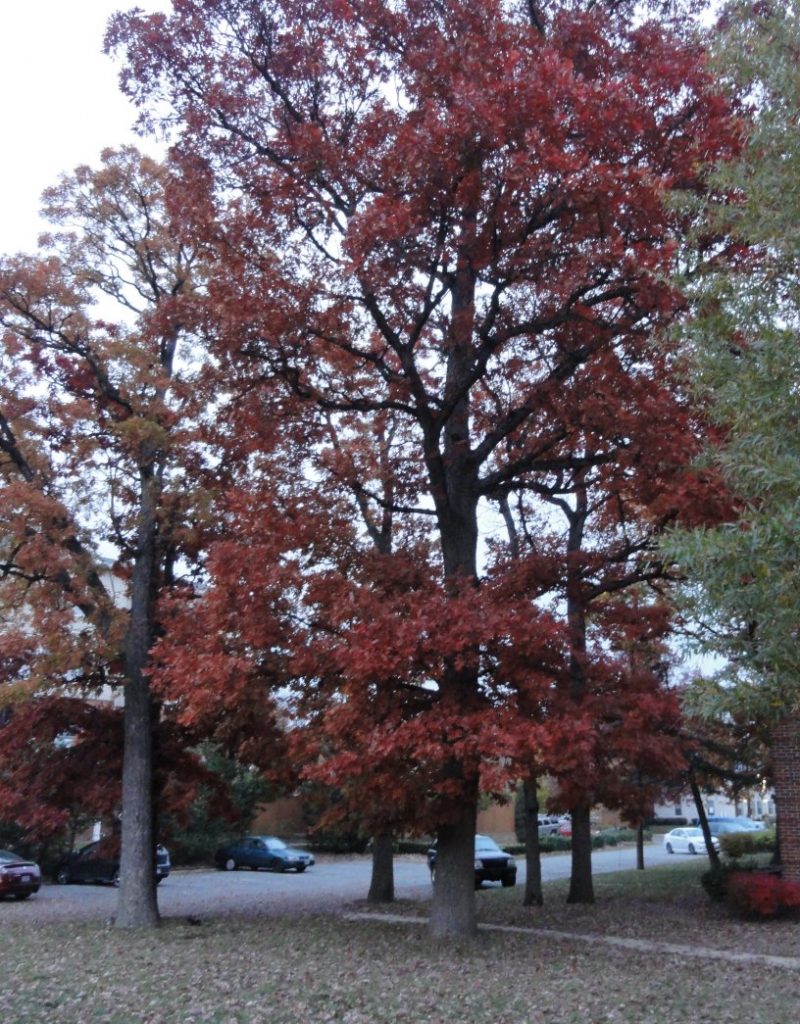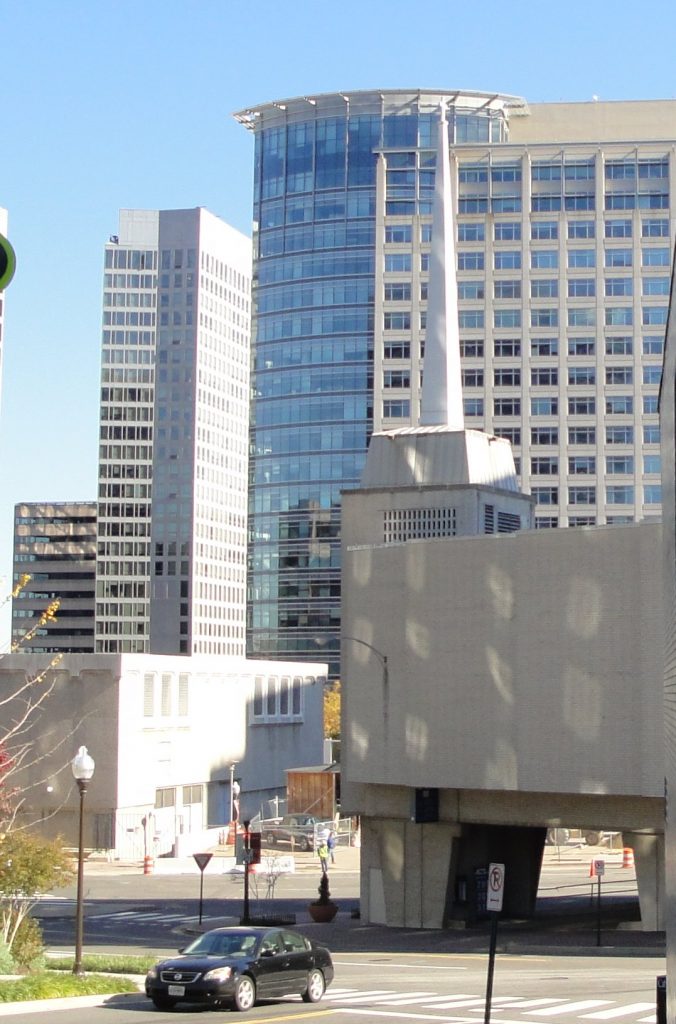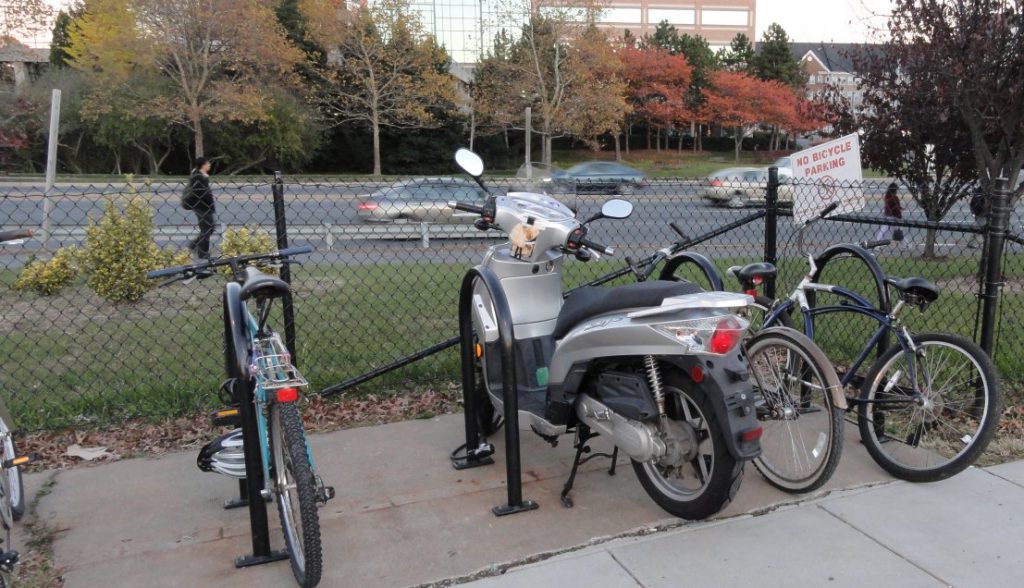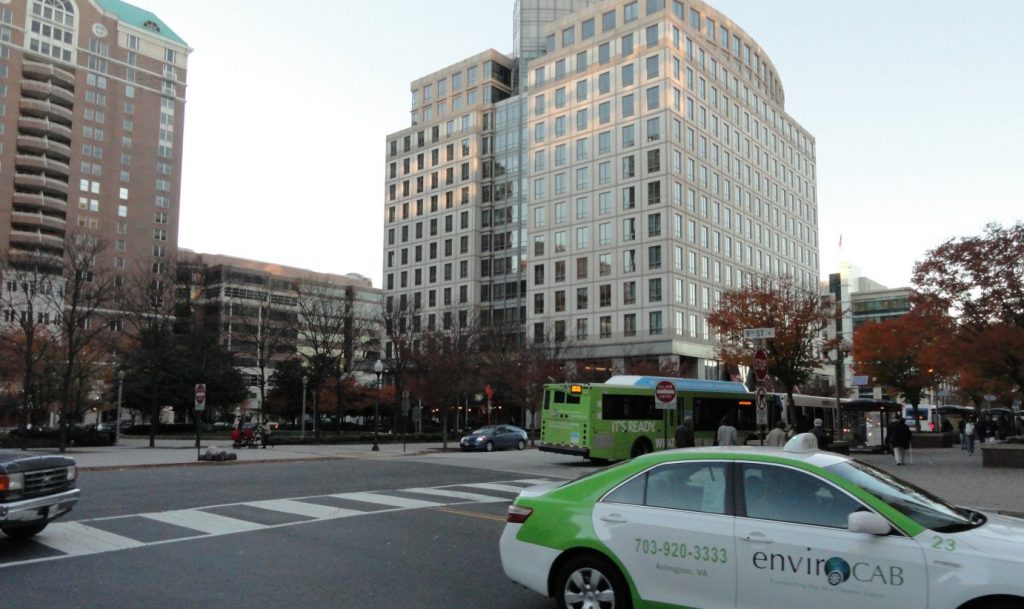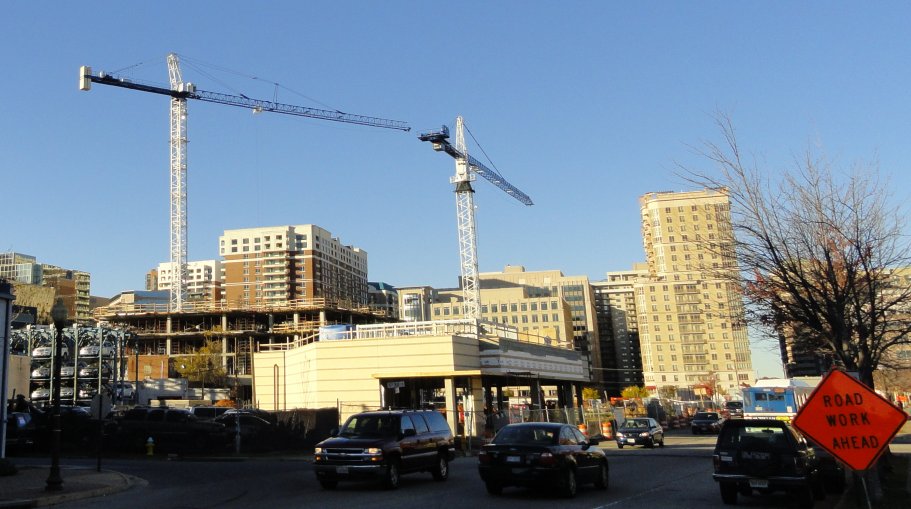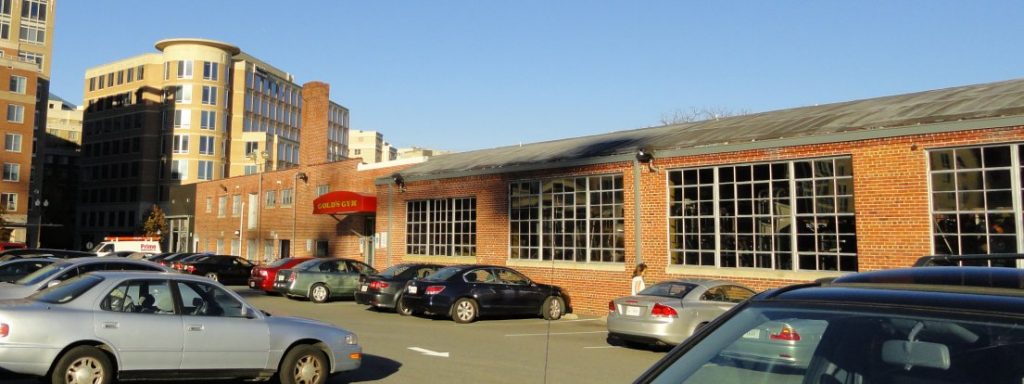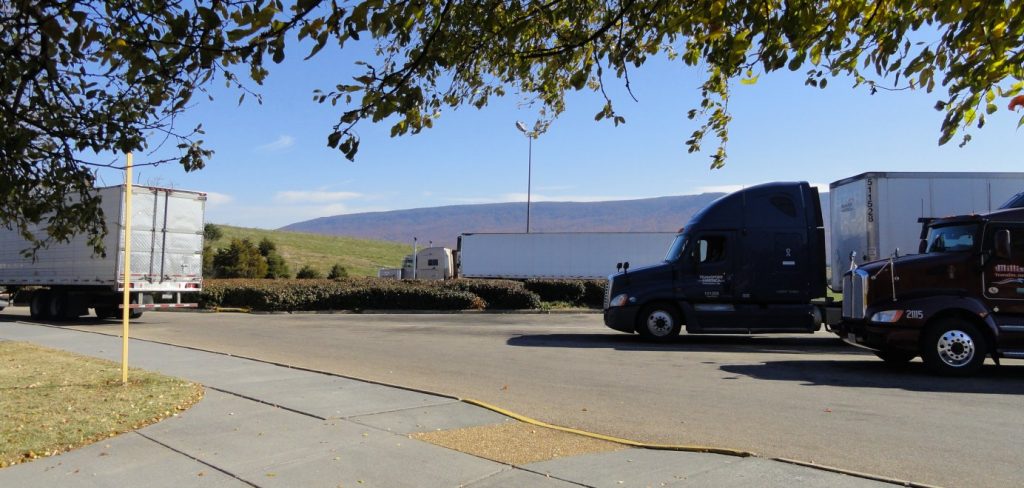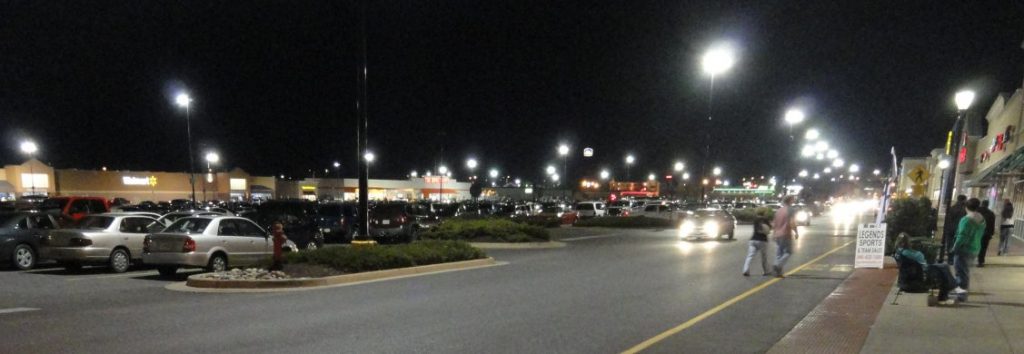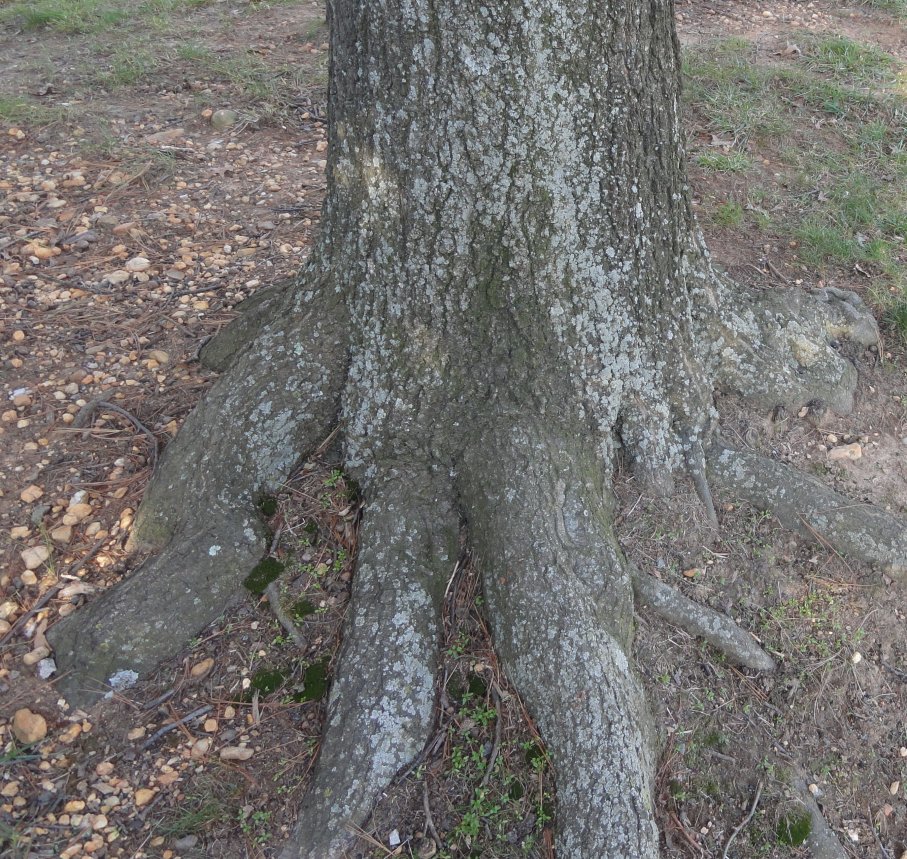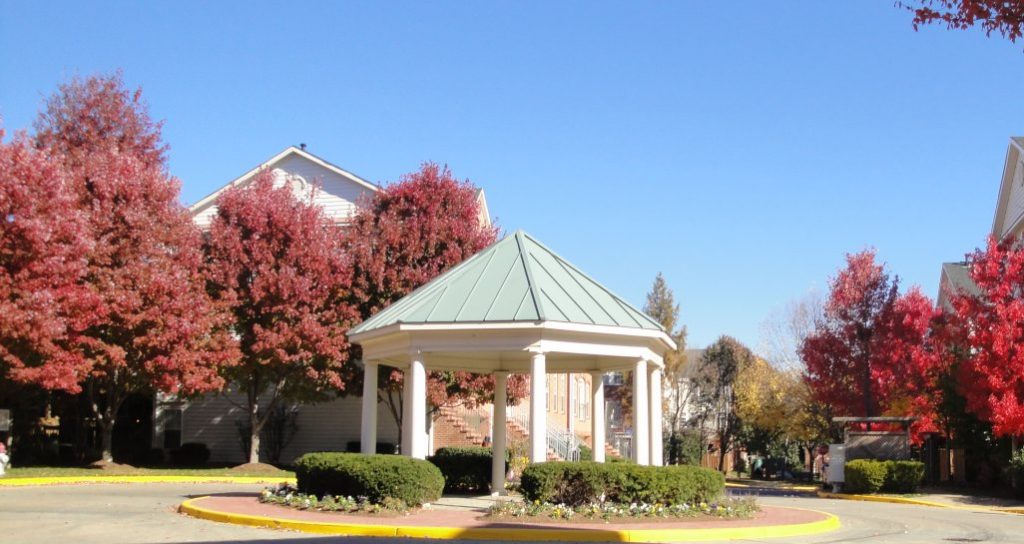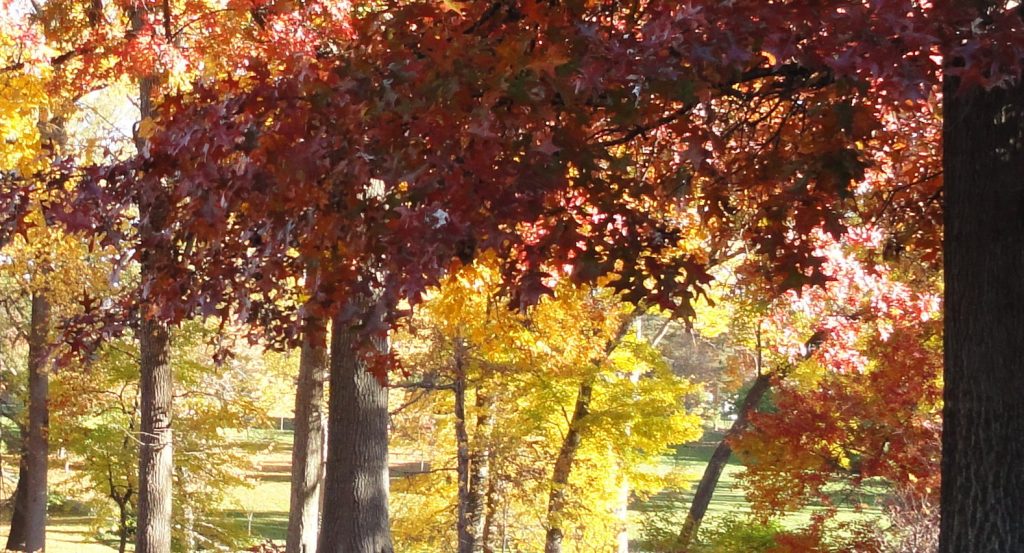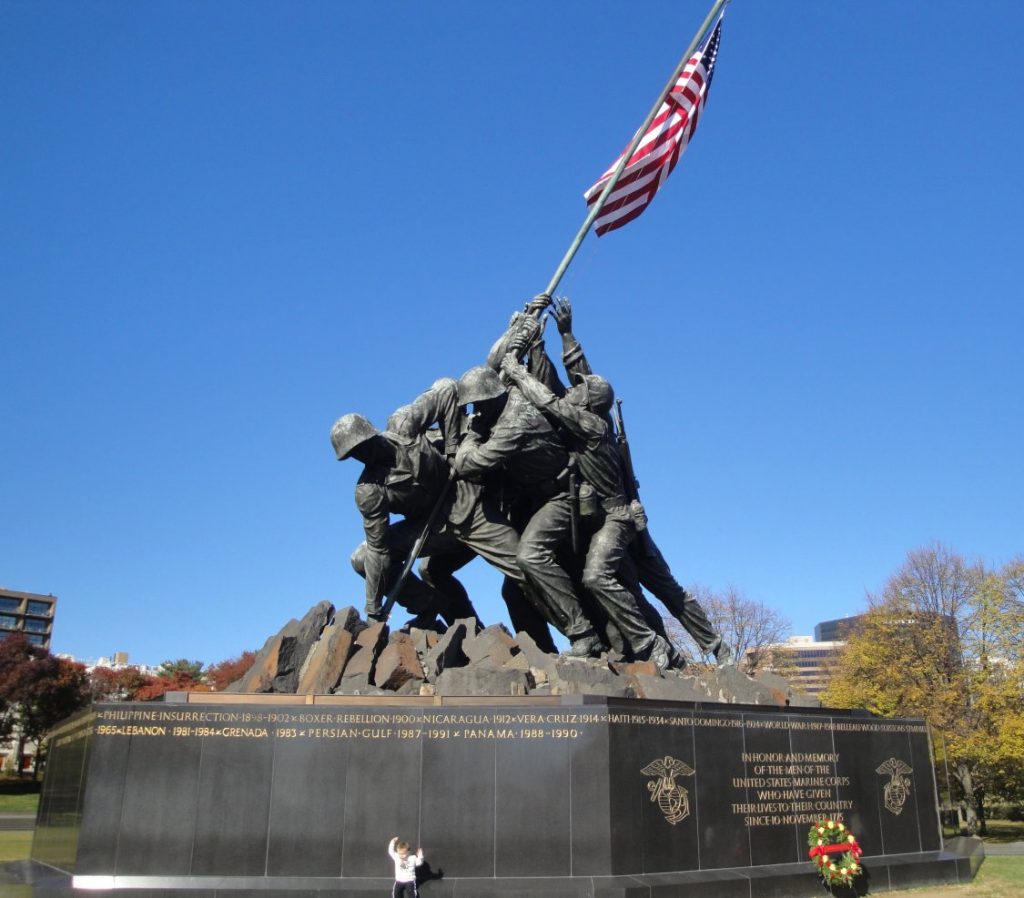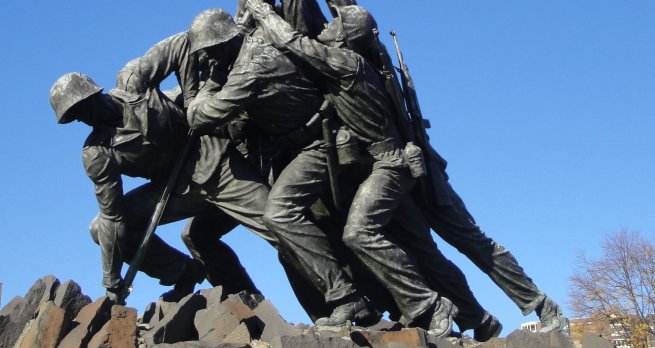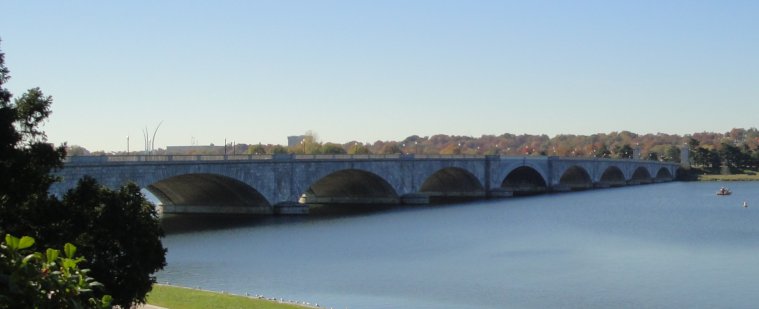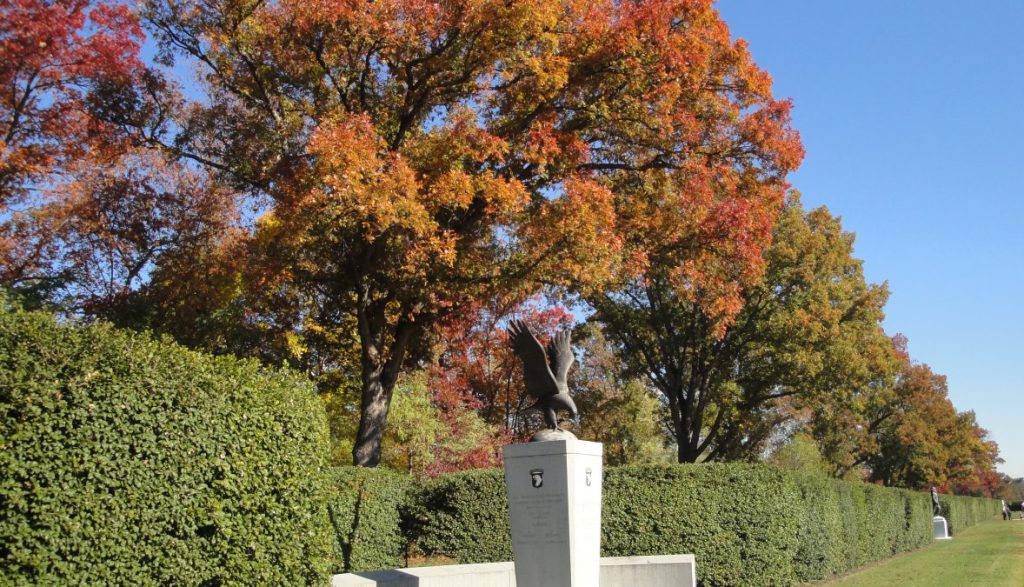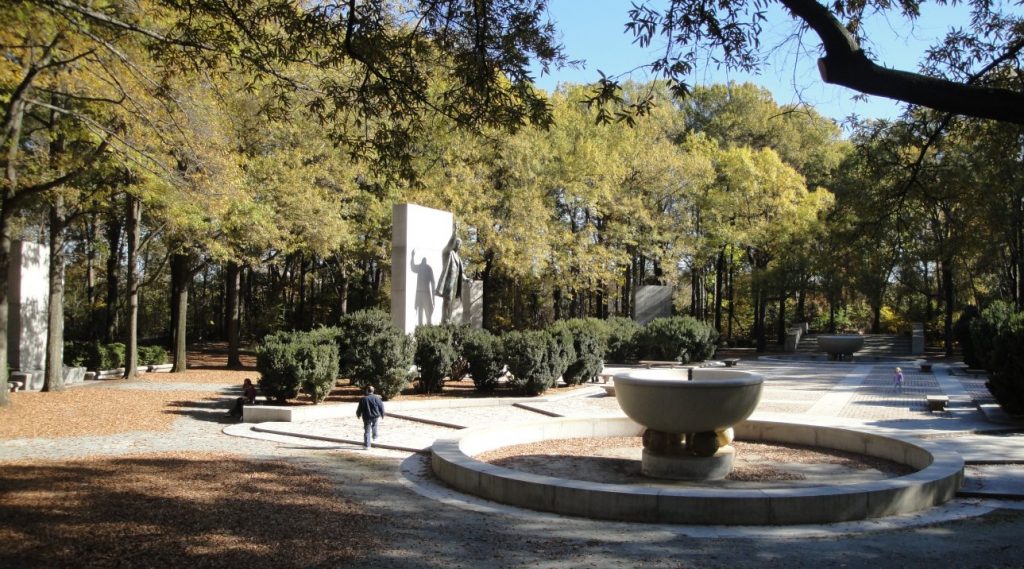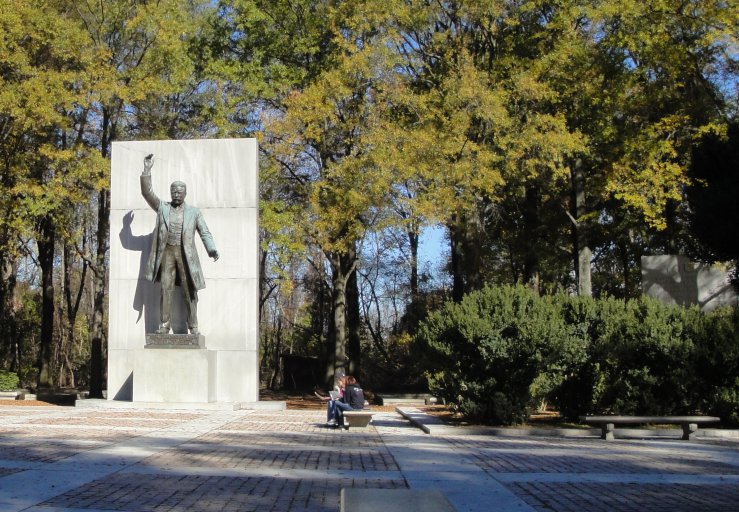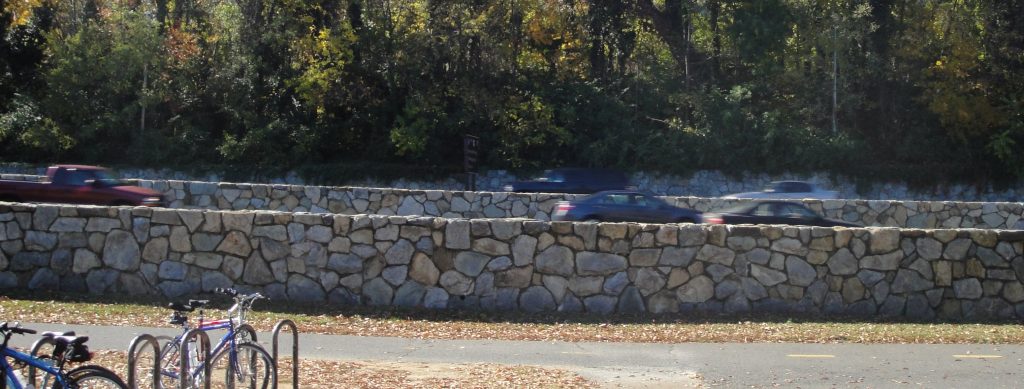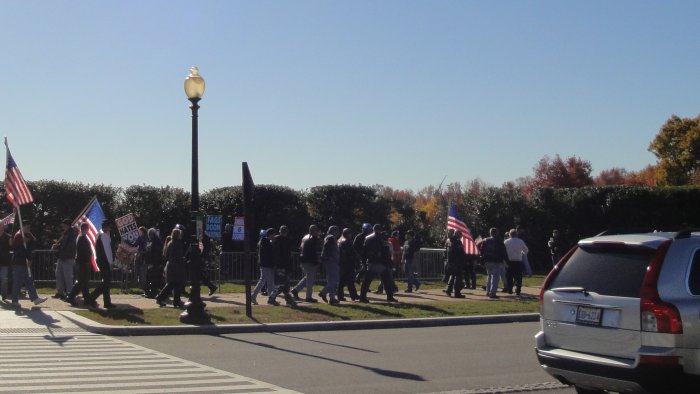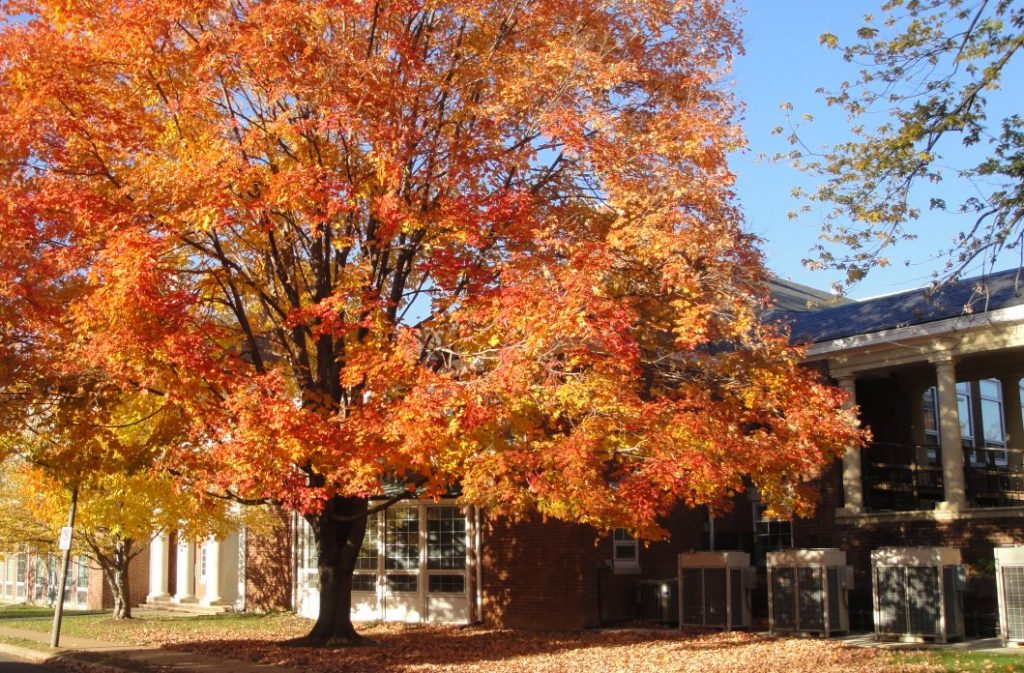The Danes are the happiest people in the world. The U.S. is up near Denmark, while poor little Togo is both the unhappiest place on earth and the among the poorest, if you believe measurements of those things. China & India fall in the lower middle of both. They have some growing to do before they reach that land of sweet contentment where hardships don’t prevail.
I am happy until I ask why. Then I am just perplexed. Maybe that is because identifying the components of happiness is hard and they are often ethereal. When we look at them closely, they may disappear or seem insignificant. What made me really happy on Saturday, for example, was sitting in front of a south facing wall, after my run, soaking up the warm sun on a cool day. What goes into that, however, is having energy and time to run and to doze in the sun after. It is also the earned freedom to rest after even a small accomplishment. It would not be the same if I just went out and sat in the sun.
Enough money is clearly a component in happiness, since it gives you options and helps avoid hardships. I recall the old hippie saying, “Life is a shit sandwich; the more bread you have, the less shit you have to eat.”
Some people are naturally happier than others. But almost everybody can be made less happy by circumstances, some of which can be avoided by having money. Nevertheless, it remains a sort of statistical process. A rich person has better odds, but a poor person may come out better off with better luck and wise people may be able to maintain their equanimity despite the vicissitudes of capricious fortune. We all die pretty soon no matter what, which evens out all the material possessions, so it is probably not a great idea to get too wound up in the acquisition of stuff – or the lack thereof – anyway. Sic transit gloria mundi.
This interdependence of wisdom, wealth and luck is more or less what Solon explained to Croesus. Read the story at this link. (BTW – the Greeks thought of almost everything we care about in philosophy. This shows us that our problems are nothing new and ensures that you can always quote one of them if you want to be erudite.) A quick summary is that Solon was known as a wise man. He was asked to make reforms in Athens, which was going through challenges a lot worse than we are facing in America today. They had their own sort of globalization (or at least Mediterraneanization) going on and when you said you were a debt slave back then it was literally true. Solon did his duty and after he was done he wisely got out of town before the glow of the people’s gratitude and enthusiasm wore off. During his travels, he met Croesus, the King of Lydia & the richest man in the world. Croesus asked Solon who was the happiest man in the world, expecting that Solon would pick him. (The ancient Greeks rarely made a strong distinction between happy and rich, often using the same word for each w/o distinction.) To his surprise, Solon named others. Croesus thought Solon was nuts, but in the end it turned out Solon was right.
Read the link above if you want the rest of the story and if you are apt to complain about not being happy, cut it out. If you cannot actually be happy, pretend to be happy. Acting happy is sometimes enough to actually make you happy. But even if that doesn’t work, at least you won’t be bothering other people.

